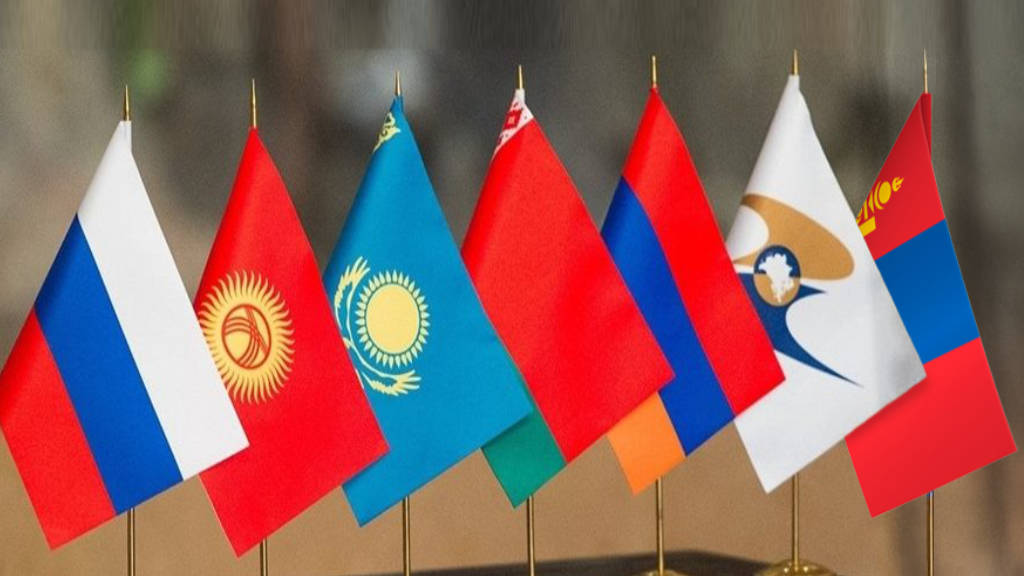BRICS Nations Ditch Dollar Dominance—93% of Trade Now in Local Currencies
Five BRICS members just slashed their USD dependency—93% of cross-border deals now bypass the greenback. No more lip service to ’de-dollarization’—this is a full-scale revolt against Western financial hegemony.
Key moves: Russia and China lead the charge, with India, Brazil, and South Africa accelerating local currency swaps. Petro-yuan settlements? Check. Gold-backed trade mechanisms? Double-check. Wall Street’s currency monopoly? On life support.
The kicker? This shift comes as the IMF warns about ’currency fragmentation’—translation: the old guard hates losing its exorbitant privilege. Meanwhile, BRICS traders pocket the savings from dodging SWIFT fees and conversion spreads. (Take notes, G7.)
BRICS: Eurasian Economic Union EAEU Sidelines US Dollar, Pays 93% Trade in National Currencies

The EAEU alliance comprises five countries: Russia, Armenia, Belarus, Kazakhstan, and Kyrgyzstan. In 2015, the bloc announced that it used 70% of payments in national currencies. Now, 10 years down the line in 2025, the trade settlements have increased to 93%. Russia has used the BRICS ideology on the EAEU alliance to push national currencies ahead of the US dollar.
said Russian Deputy Minister of Economic Development Dmitry Volvach. Now, BRICS, CIS, SCO, GCC, ASEAN, and EAEU are using national currencies and ending reliance on the US dollar.
Volvach explained that no country was forced to indulge in de-dollarization, and the switch to national currencies was in their interest.he said. BRICS and EAEU are now at the forefront of de-dollarization, where national currencies take the lead over the US dollar.

